dangers to workers. Employers are responsible for providing safety signs in the workplace if there is a significant risk that can’t be avoided or controlled in any other way. If this is news to you then this is a sign to keep on reading.
What are safety signs?
Safety signs are easily recognisable graphic labels. They are designed to warn of hazards, indicate instructions or actions, indicate required use of Personal Protective Equipment (PPE), prohibit actions or objects, highlight the location of safety equipment or first aid areas, fire notices and marking exit routes.
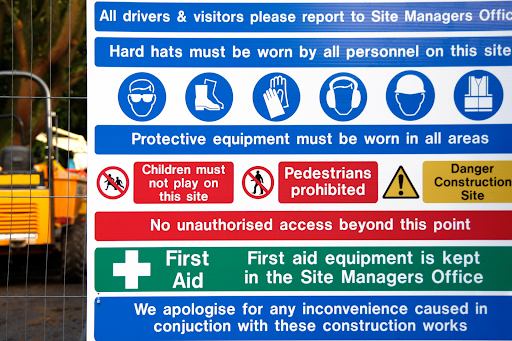
What are the safety sign usage regulations in the UK?
The expectations that UK lawmakers of UK organisations with regard to the use of safety signage are set out in the Health and Safety Regulations of 1996 (Safety Signs and Signals), which lay out clear rules that employers, duty holders and those in charge of work sites and premises need to follow.
The health and safety regulations state that as well as ensuring that safety signs are provided and maintained, employers are also responsible for ensuring that their employees are aware of and understand the meaning of the safety signs and signals that can be seen or heard during their work.
The best way to determine what signs are necessary is to carry out a risk assessment of the workplace.
Where are safety signs used?
In the workplace safety signs can be found in many locations. To name a few of the most common places they need to be clearly posted in hazardous areas, around dangerous equipment, exit routes and in areas where safety equipment is stored.
What are the 4 types of safety signs?
The four compulsory UK workplace safety signs are: emergency exits, fire safety, prohibition and road traffic regulation signs. These four types of signs can then be split up into four different groups:
- Prohibition Signs
- Warning Signs
- Mandatory Signs
- Emergency Signs
The following signs are explained and defined by HSE.
Prohibition sign
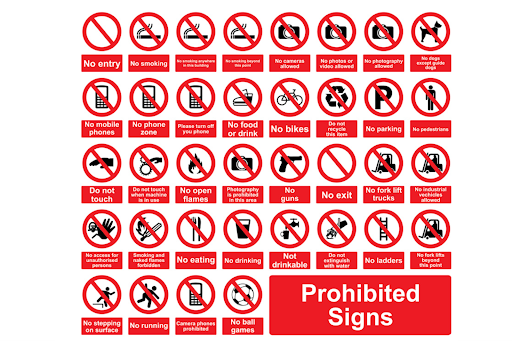
These are signs that prohibit behaviour that is likely to increase or cause danger (eg no smoking).
Intrinsic features:
- round shape
- black pictogram on white background, red edging and diagonal red line (the red part to take up at least 35% of the area of the sign)
Safety warning signs
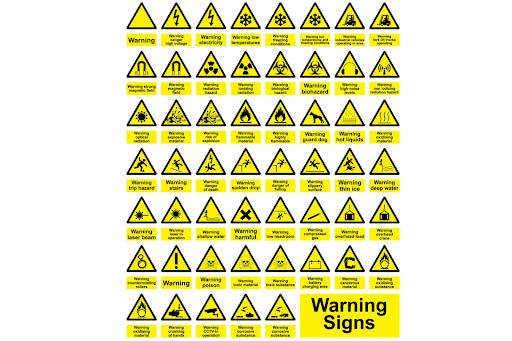
Warning sign - a sign giving warning of a hazard or danger (eg danger: dangerous substances)
Intrinsic features:
- triangular shape
- black picture with at least 50% yellow background
Mandatory signs
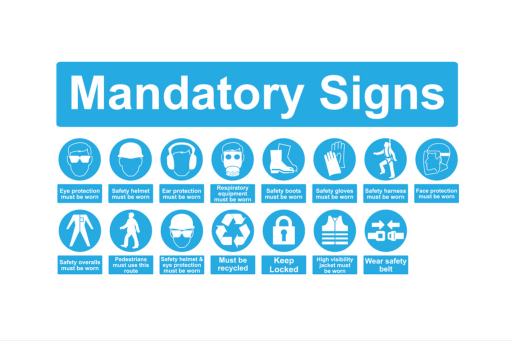
Mandatory sign - a sign prescribing specific behaviour (eg eye protection must be worn)
Intrinsic features:
- round shape
- white pictogram on a blue background (the blue part to take up at least 50% of the area of the sign)
Emergency signs

Emergency Sign - signals an emergency escape or to label escape routes.
Intrinsic features:
- Square shape
- White pictogram on a Green background
What does the colour of safety signs mean?
Red safety signs are used as prohibition signage and dangerous behaviour; meaning to stop; shutdown; evacuate.
Yellow / Amber signs are warning signs, meaning to be careful, take precautions or examine.
Blue safety signs mean that a sign is mandatory, and that specific behaviour or action should be carried out, such as wearing protective equipment.
Green signs signal an emergency escape or first-aid available. Green safety signs can also be used to label doors, such as exits, escape routes, equipment and facilities.
Spill kit safety signs

We have a range of adhesive spill kit signs coated in vinyl and providing helpful information in the form of clear, bold, bright text. Our spill kit safety signs are designed
for identifying specific location points.
Do I need safety signs in my workplace?
To determine if safety signs are necessary for your workplace, you firstly need to conduct a thorough risk assessment (made under the Management of Health and Safety at Work Regulations 1999).
These assessments are designed to identify hazards, the associated risks, and the required measures to be taken. Based on the outcome of the risk assessment, you can determine which types of safety signage must be put up and where.
We’re here to help
We hope you found our types of safety signs explained guide useful. If you need more assistance or advice on the type of spill kit safety signs you need? Get in touch with








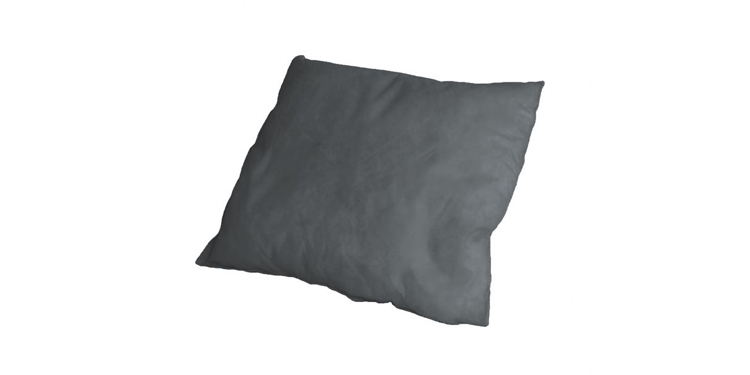
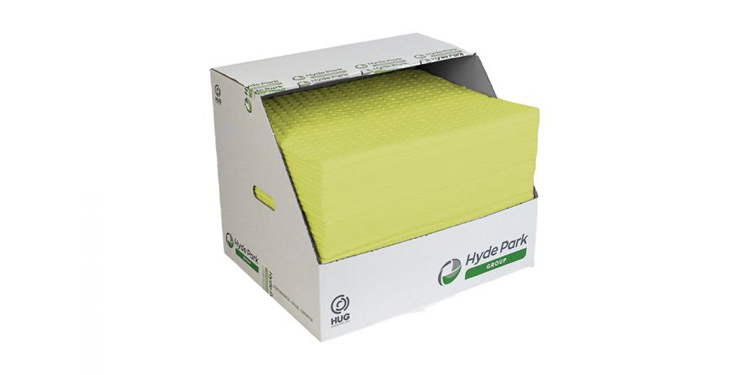
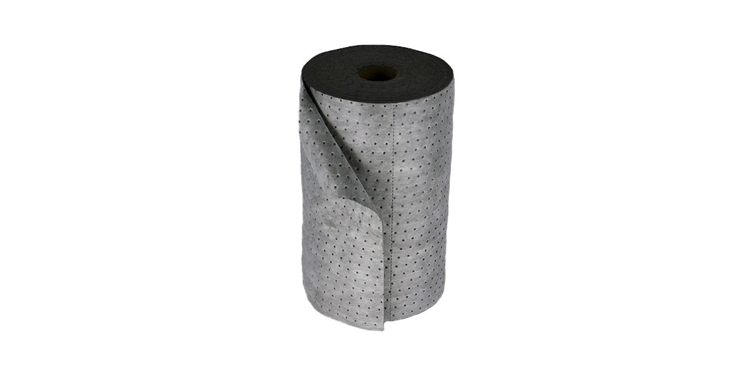


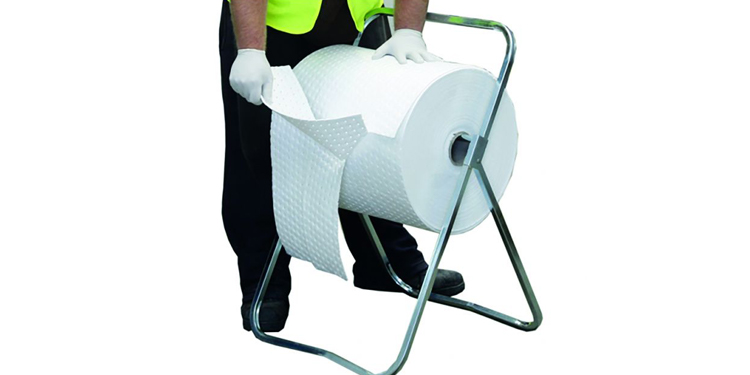
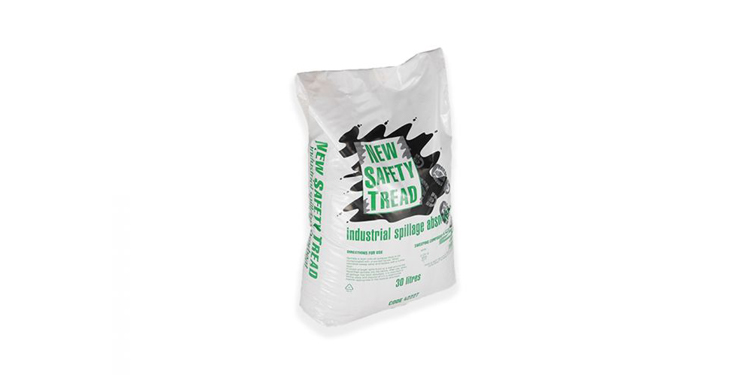
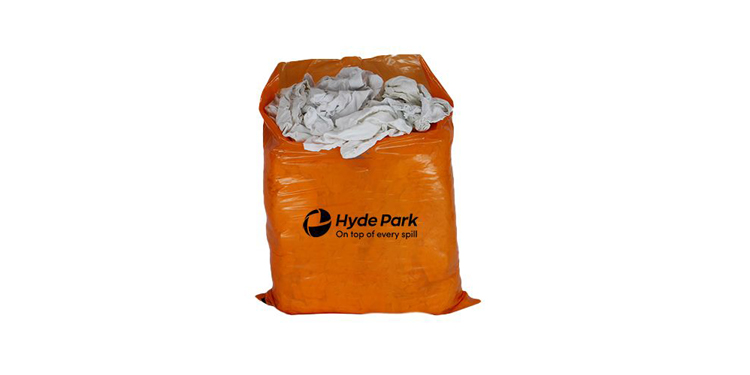

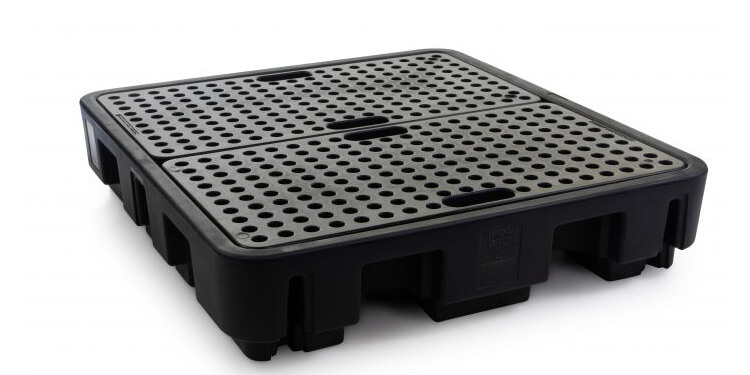
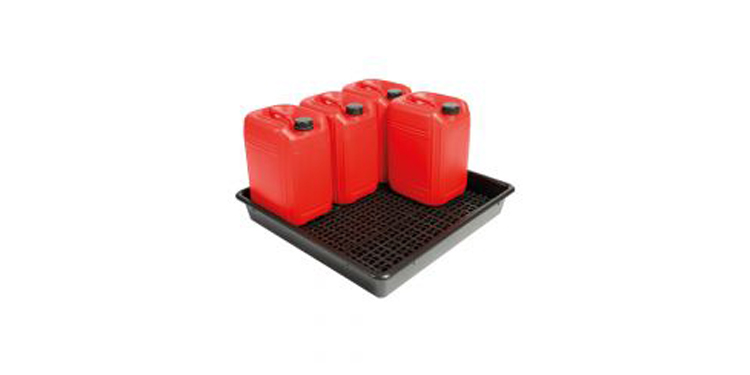
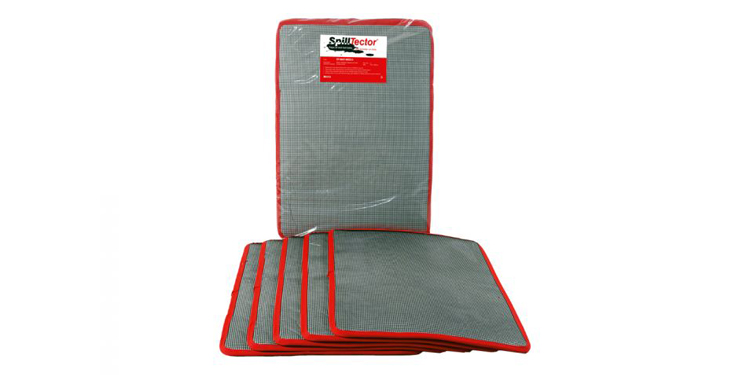
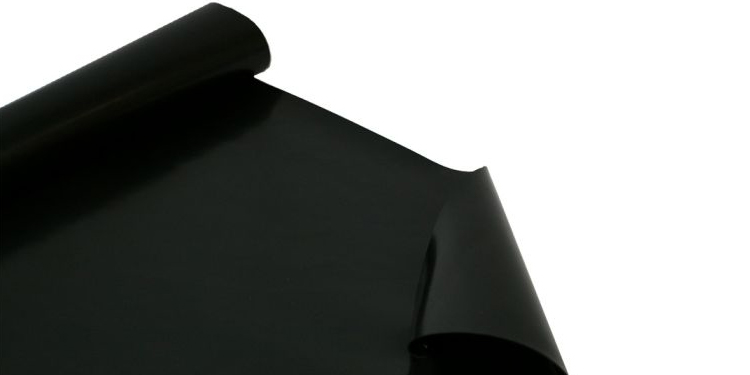
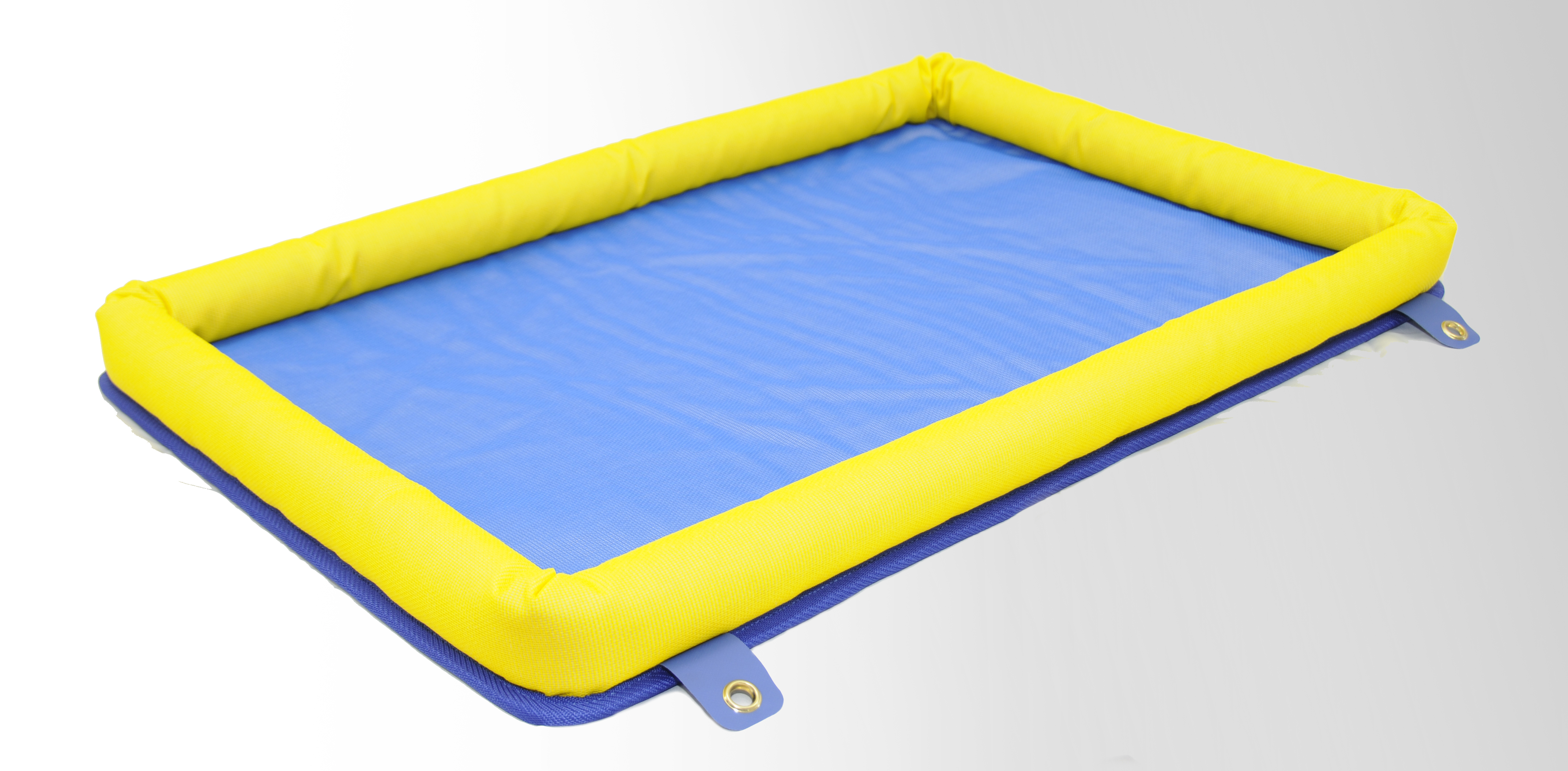


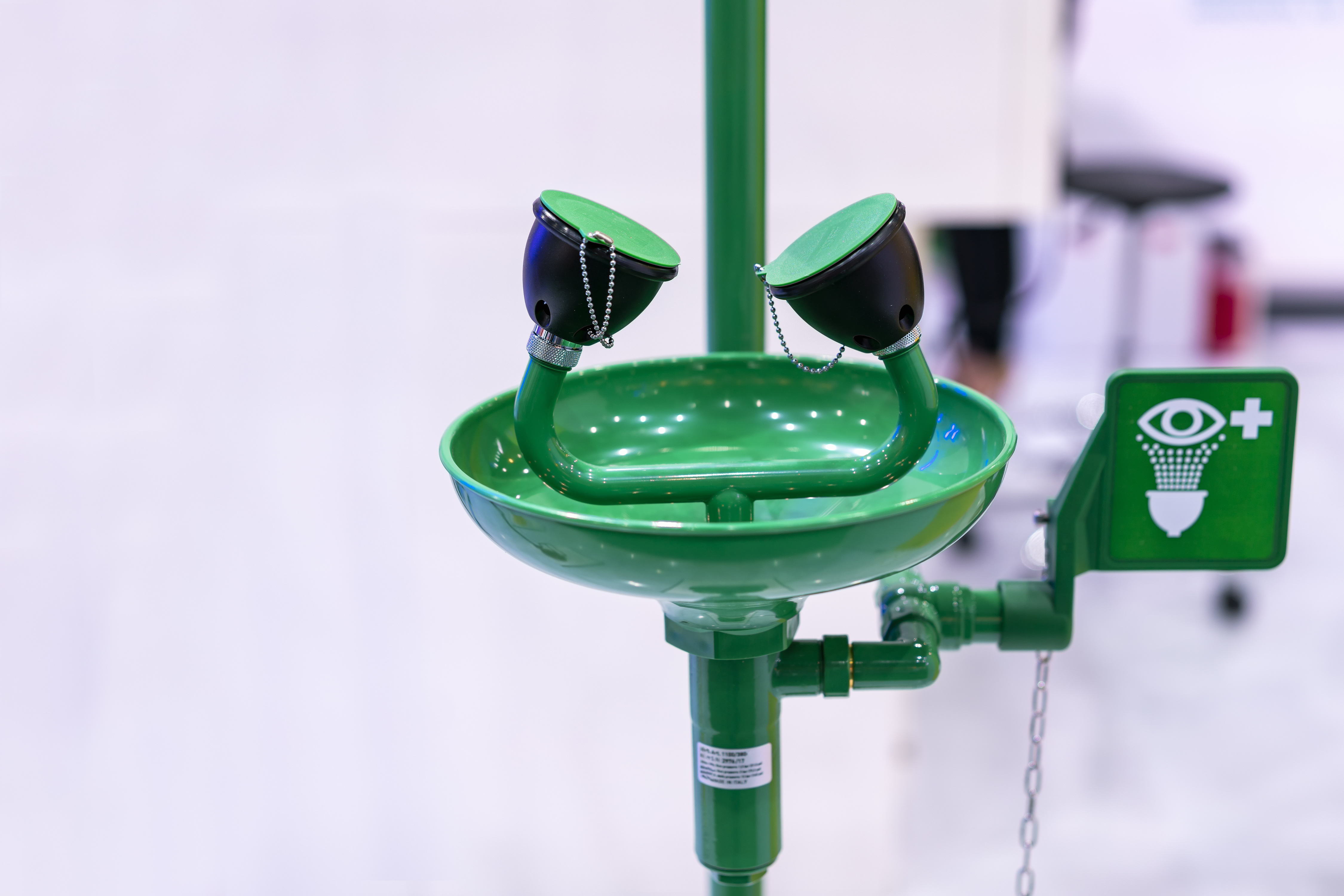
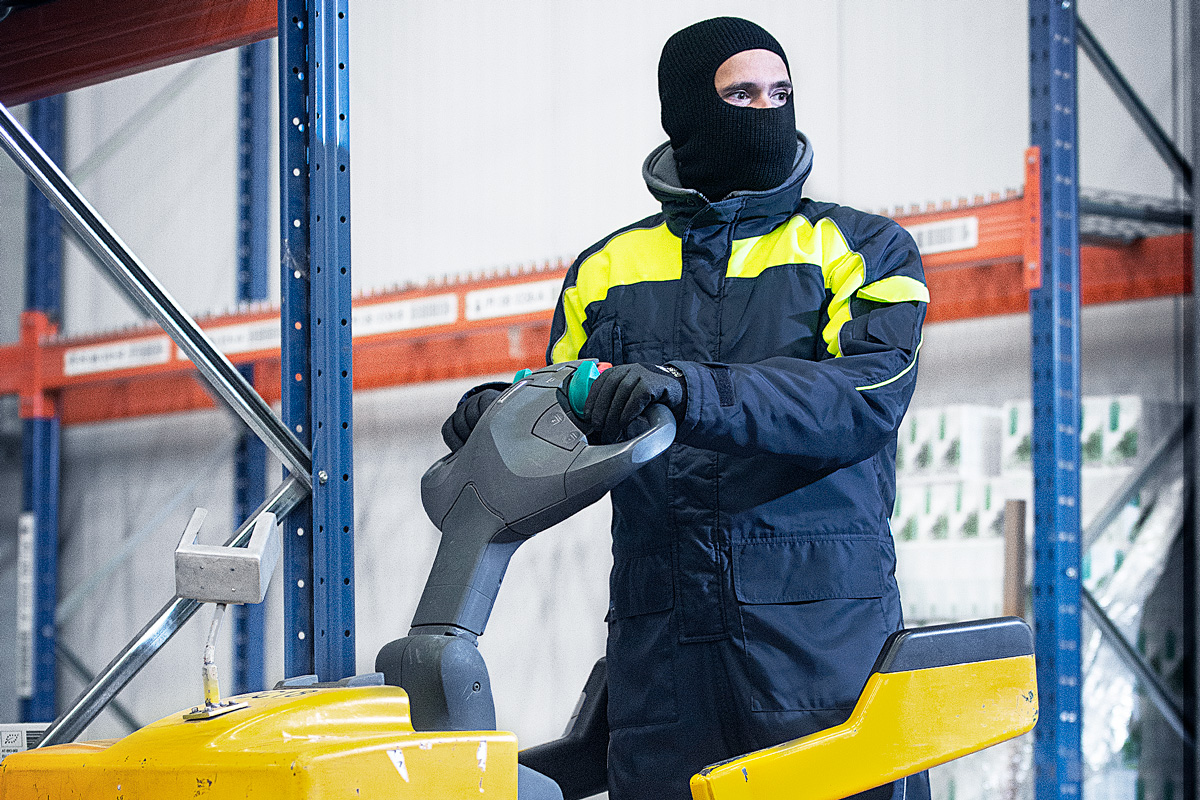

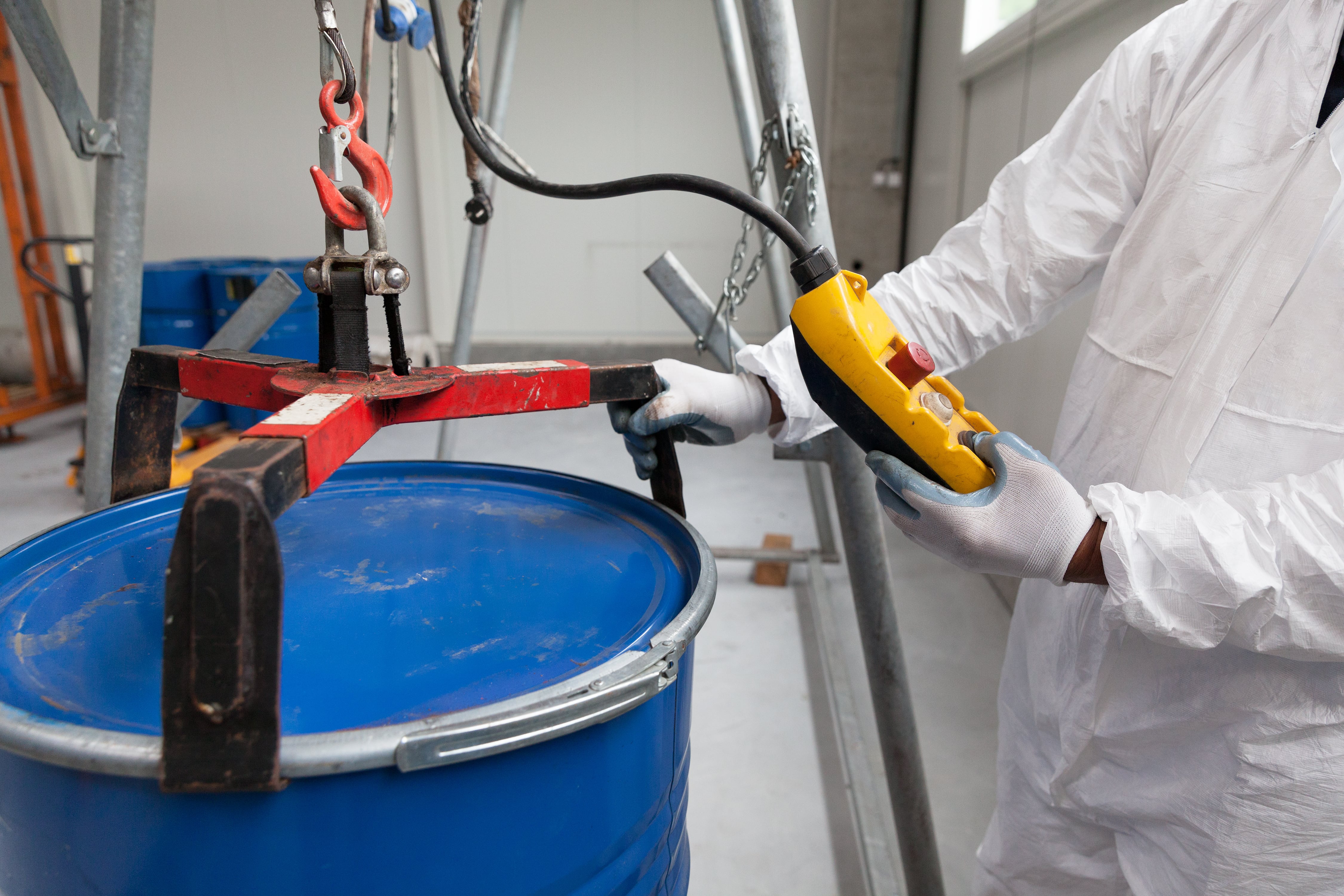
 Price Match Promise
Price Match Promise Same Day Despatch
Same Day Despatch On Site Support
On Site Support Account Managers
Account Managers